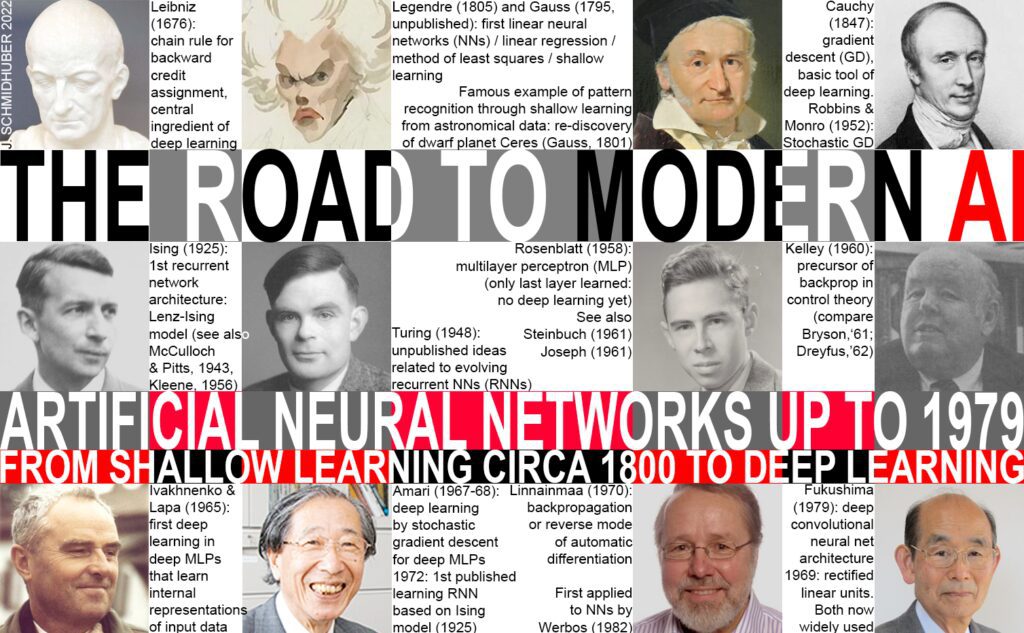Machine learning has evolved from a theoretical concept to a widely used technology in various industries. It originated in the 1950s with researchers exploring computer programs that could learn from data. Researchers developed algorithms and techniques for data analysis, pattern recognition, and predictive modeling, leading to the rise of big data and the application of machine learning in diverse fields. Deep learning emerged as a powerful subset of machine learning, revolutionizing tasks like image recognition and natural language processing. Despite progress, challenges remain in data privacy and bias. The future of machine learning includes reinforcement learning, transfer learning, and explainable AI.
The Evolution of Machine Learning: From Theory to Practice
Introduction
Machine learning, a subset of artificial intelligence, has rapidly evolved over the years from being just a theoretical concept to a widely used technology in various industries. In this article, we will explore the evolution of machine learning, from its early beginnings to its current practical applications.
Early Beginnings
The roots of machine learning can be traced back to the 1950s, when researchers and scientists first started exploring the idea of creating computer programs that could learn from data. One of the earliest examples of machine learning is the work of Arthur Samuel, who developed a program that could play checkers and improve its performance over time through practice.
Theoretical Foundations
In the following decades, researchers further developed the theoretical foundations of machine learning, exploring algorithms and techniques for data analysis, pattern recognition, and predictive modeling. Key milestones during this period include the development of decision trees, neural networks, and support vector machines.
Rise of Big Data
One of the key factors that fueled the evolution of machine learning is the rise of big data. With the proliferation of digital technologies and the internet, vast amounts of data became available for analysis, creating new opportunities for machine learning applications. Machine learning algorithms could now be trained on massive datasets to uncover patterns and insights that were previously impossible to detect.
Deep Learning Revolution
In recent years, deep learning has emerged as a powerful subset of machine learning, revolutionizing the field with its ability to automatically learn hierarchical representations of data. Deep learning algorithms, such as artificial neural networks, have achieved breakthroughs in tasks such as image recognition, natural language processing, and speech recognition.
Practical Applications
Today, machine learning is being applied in a wide range of industries and fields, transforming business processes, healthcare, finance, and more. Companies are using machine learning algorithms to analyze customer behavior, detect fraud, optimize supply chains, and personalize user experiences. In healthcare, machine learning is being used to diagnose diseases, predict patient outcomes, and discover new drugs.
Challenges and Future Directions
While machine learning has made significant progress in recent years, there are still challenges to be addressed, such as data privacy, bias in algorithms, and interpretability of models. Researchers are also exploring new directions for machine learning, such as reinforcement learning, transfer learning, and explainable AI, to make algorithms more robust, efficient, and transparent.
Conclusion
The evolution of machine learning from theory to practice has been a remarkable journey, driven by advances in technology, data, and algorithms. As machine learning continues to evolve, it will play an increasingly important role in shaping the future of AI and influencing how we interact with technology in our daily lives.
